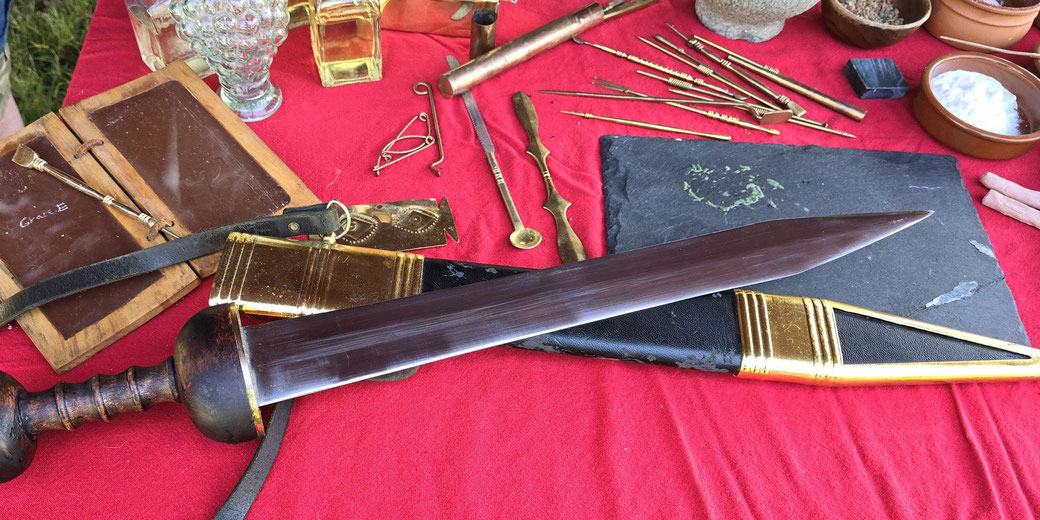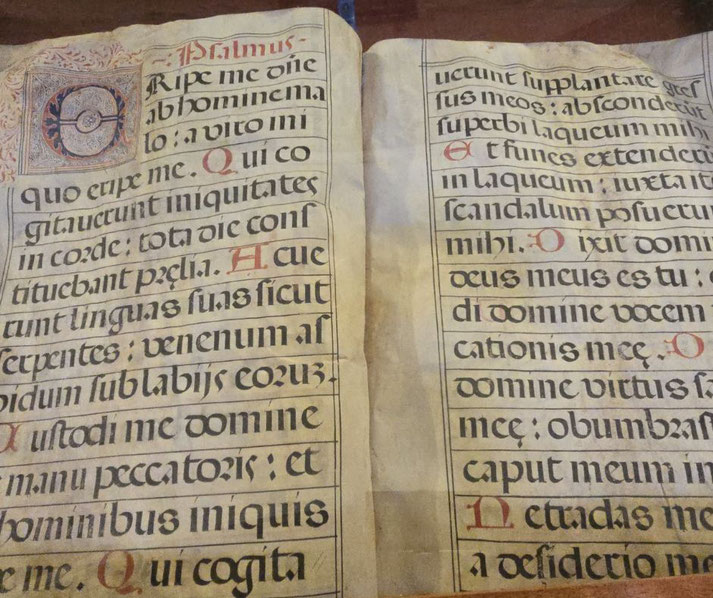What are primary sources when studying history?

When studying history, primary sources are the basic materials historians use to understand the past.
They are pieces of information that were created during the time being studied. As a result, they give direct accounts of historical events or everyday life.
Whether it's a diary entry, government paper, or artifact, primary sources give a clear look into the past. They help historians connect personally with the people and events of history.
What makes something a 'primary source'?
To figure out if a historical source is a primary source, it's important to know when it was made and who made it.
They are original materials made at the time being studied or by people who directly saw or took part in the events.
These materials are very helpful since they give firsthand accounts that haven't been changed by later explanations.
Since they were made during the time being studied, they have information that matches the events.
For example, a soldier's letter from the battlefield during a war would count. It gives a direct look at their experiences.
Still, people who lived through something might wait years before writing about it.
Even if these weren't made at the time, they were still written by someone who was there. So they are still primary.
This often happens with memoirs, which are usually written much later in life.
Even so, these sources should be looked at more carefully since time can affect memories and make them less accurate.

What are types of primary sources?
Primary sources come in many forms. They can include writing like letters or newspapers, and physical items like tools or art.
For example, Anne Frank’s diary gives a personal view of life in hiding during World War II.
Similarly, the Rosetta Stone gives clues about the languages and cultures of ancient Egypt.
Paintings and pottery can also be primary sources. They show the styles and daily items from a certain time.
Also, audio recordings and photographs are important for modern historians. They show events in detail that help future generations understand both big events and daily life.
Since these materials feel more real than textbooks or academic articles, they help historians get closer to the true voices and feelings of people who lived through history.
For example, letters from Civil War soldiers show strong feelings like hope and fear. These help us better understand their experiences.
These documents add detail to what we know. In the same way, newspaper stories from the 1960s about the Civil Rights Movement show the urgency of the time. They help readers feel the pressure of that period.
Why primary sources are so important
Primary sources make history feel more real. They let people who might be forgotten be heard.
Samuel Pepys' diary gives a firsthand look at major events in 1600s England, like the Great Fire of London. It also describes his everyday life, including his friendships and worries.
These materials remind us that history was lived by real people with personal stories.
In the same vein, slave stories from the 1800s also give strong details about how terrible slavery was.
These personal stories help us understand the past with more care. They make sure the human part of history is not lost.
Thanks to new technology, getting primary sources has become much easier.
Online collections and libraries around the world now let us find millions of documents and images quickly.
This easy access helps more people learn about history.
Primary sources are also used in museum displays and school programs. They help make history interesting to more people.
For example, showing letters and photos from World War I in a museum helps visitors feel closer to the soldiers who fought and the families who waited.
These displays help people feel a stronger connection to history.
The challenges of using historical primary sources
Even if they give direct proof of people’s lives during history, primary sources can be hard to use.
Since they were made in a specific time and culture, they might show the creator's opinions or limits.
They might also use words or ideas that seem harsh or strange to people today.
For example, a medieval book might describe events through a religious point of view.
This could be due to the writer’s beliefs and what their readers expected.
Because of this, historians have to think carefully about what these sources say. They must look for useful facts without being misled by bias.
This means checking several sources, thinking about who made the document and why it was created.
Understanding also means comparing different kinds of materials to see a fuller picture of what happened.
For example, looking at personal letters and government papers together helps show what happened and how different people understood it.
When students or researchers use primary sources, they should ask if the source is honest and how trustworthy it is.
By studying these materials this way, historians can build a clearer view of history that includes different sides.
This kind of work helps students learn how to think carefully, judge sources, and understand the time and place the source came from.
For example, studying World War II posters means asking what messages they showed and how those messages were supposed to shape public opinion.
What do you need help with?
Download ready-to-use digital learning resources
Copyright © History Skills 2014-2025.
Contact via email
With the exception of links to external sites, some historical sources and extracts from specific publications, all content on this website is copyrighted by History Skills. This content may not be copied, republished or redistributed without written permission from the website creator. Please use the Contact page to obtain relevant permission.





